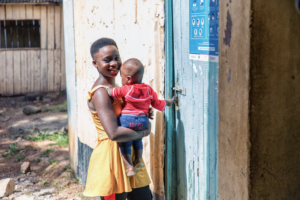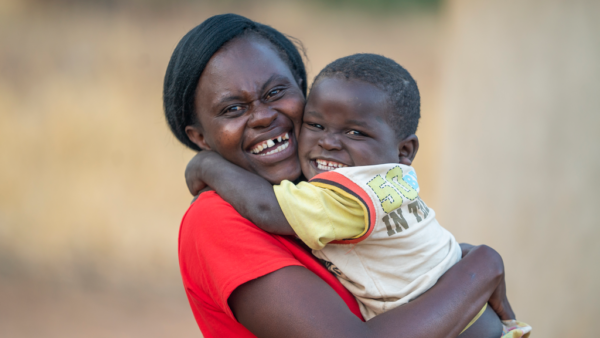
BLOOM project
BLOOM project
The aim of the project is a healthy life for children and their mothers (10-24) living with or exposed to HIV.
- Adolescent girls and young women,
- Children,
Read more

Communities know best how to identify children most vulnerable to HIV infection and how to support them to test for HIV, initiate treatment and sustain treatment for the long-term. Building on local knowledge and local community structures, community-based models are effective, sustainable and critical for filling the gaps in paediatric HIV care and treatment to reach global goals.
HIV care and treatment for children and pregnant women in low-resource settings comes with a number of challenges. These include long distances to health facilities, stock outs of antiretroviral treatment or lack of paediatric antiretroviral treatment, health facility staff shortages and high workloads. These health system challenges are complicated by community challenges – poverty, food insecurity, stigma and discrimination. Those most affected are children. This is unacceptable. Join us in bringing kids to care!
of all deaths related to AIDS occur in children
of children living with HIV are not on treatment
children newly acquired HIV in 2022
The Aidsfonds Kids to Care model is a four-stage community-based model that empowers communities to strengthen the links between communities and health facilities to find, test, treat, and retain children, and pregnant and lactating mothers, living with HIV. We work in collaboration with governments and local partners, to test and scale up community-based HIV programmes. These are based on the Kids to Care model that is part of our Paediatric HIV approach to ensure children can live healthily with HIV.